Discover 11 hidden attractions, cool sights, and unusual things to do in Dunstable (United Kingdom). Don't miss out on these must-see attractions: ZSL Whipsnade Zoo, Dunstable Priory, and Totternhoe Knolls. Also, be sure to include Dunstable Downs in your itinerary.
Below, you can find the list of the most amazing places you should visit in Dunstable (England).
Table of Contents
ZSL Whipsnade Zoo
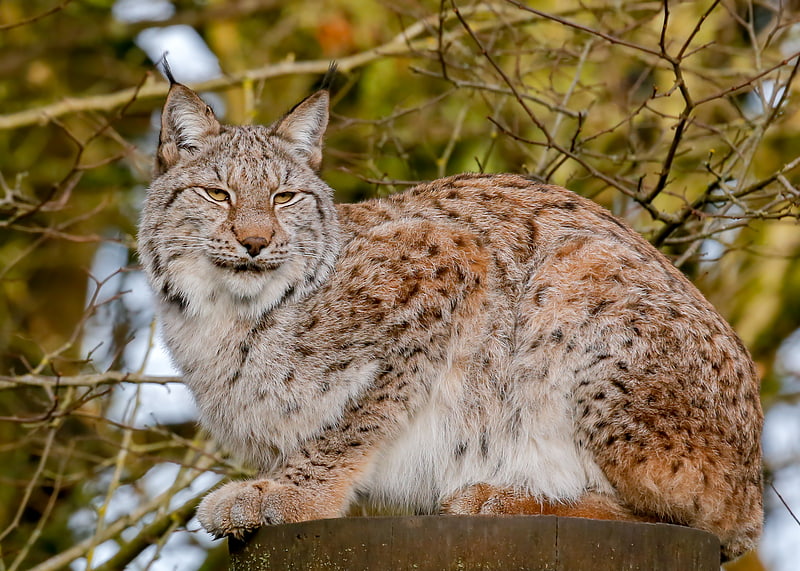
Family fun at large conservation zoo. ZSL Whipsnade Zoo, formerly known as Whipsnade Wild Animal Park, is a zoo and safari park located at Whipsnade, near Dunstable in Bedfordshire, England. It is one of two zoos that are owned by the Zoological Society of London, a charity devoted to the worldwide conservation of animals and their habitats.[1]
Dunstable Priory
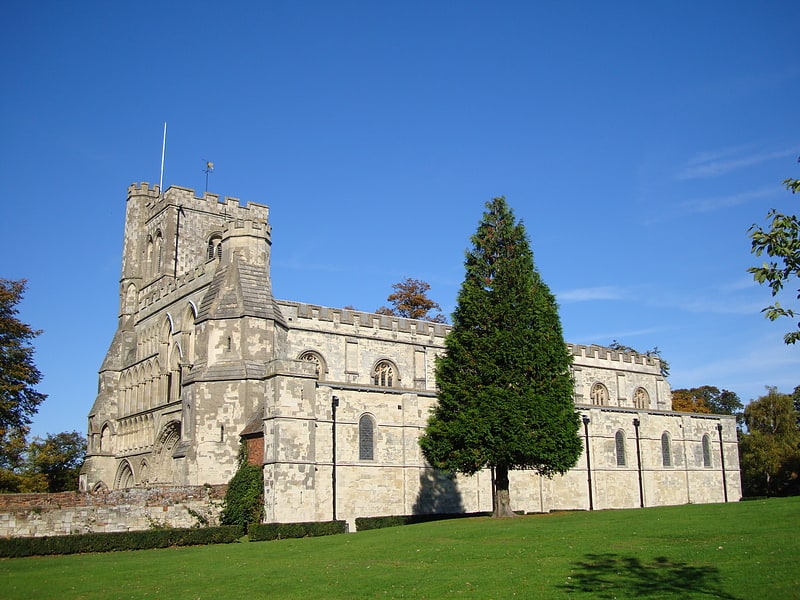
Priory. The Priory Church of St Peter with its monastery was founded in 1132 by Henry I for Augustinian Canons in Dunstable, Bedfordshire, England. St Peter's today is only the nave of what remains of an originally much larger Augustinian priory church. The monastic buildings consisted of a dormitory for the monks, an infirmary, stables, workshops, bakehouse, brewhouse and buttery. There was also a hostel for pilgrims and travellers, the remains of which is known today as Priory House. Opposite the Priory was one of the royal palaces belonging to Henry I, known as Kingsbury.
The present church and Deanery form part of the Archdeaconry of Bedford, located within the Diocese of St Albans. It became a Grade I listed building on 25 October 1951.[2]
Address: Church St., Dunstable
Totternhoe Knolls
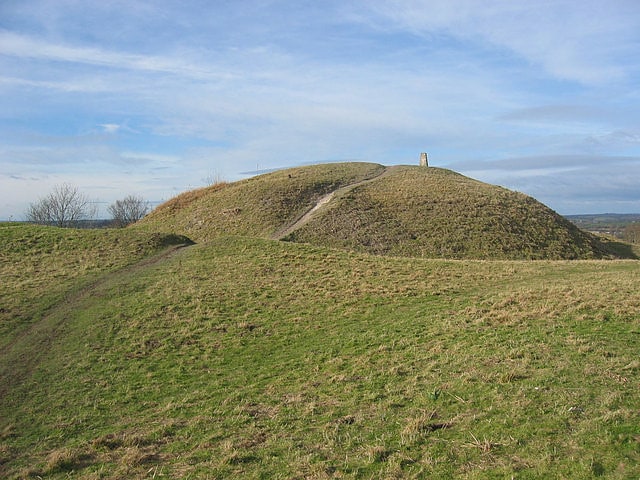
Totternhoe Castle was a Norman castle in Totternhoe. Bedfordshire. Only earthworks survive. It is a Scheduled Monument, and part of Totternhoe Knolls Site of Special Scientific Interest.[3]
Dunstable Downs
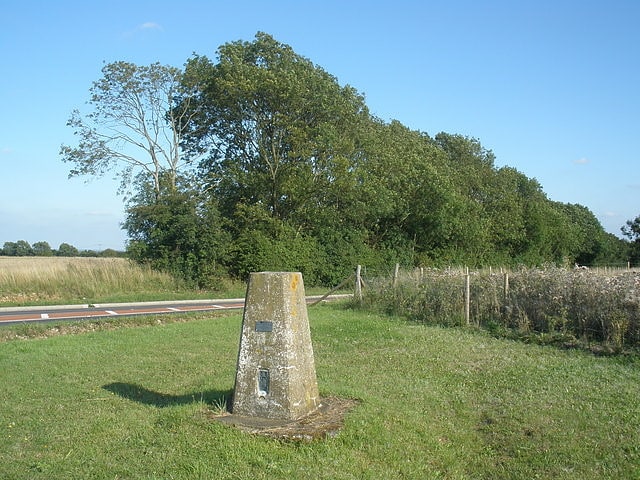
Escarpment in England. Dunstable Downs are part of the Chiltern Hills, in southern Bedfordshire in England, located near the town of Dunstable. They are a chalk escarpment forming the north-eastern reaches of the Chilterns. At 243 m, Dunstable Downs are the highest point in the county of Bedfordshire.
Because of its elevation, Dunstable Downs hosted a station in the shutter telegraph chain which connected the Admiralty in London to its naval ships in the port of Great Yarmouth during the years 1808 to 1814.
Whipsnade Zoo has cut an enormous lion shape into the chalk into the side of one of the hills. The lion can be seen from the B489 (Aylesbury to Dunstable road).
The downs are used by gliders, kite fliers, hang gliders and paragliders in the area because of their height. The London Gliding Club is based at the foot of the downs.
Much of the downs is managed by the National Trust as part of the Dunstable Downs & Whipsnade Estate property.[4]
Church of All Saints
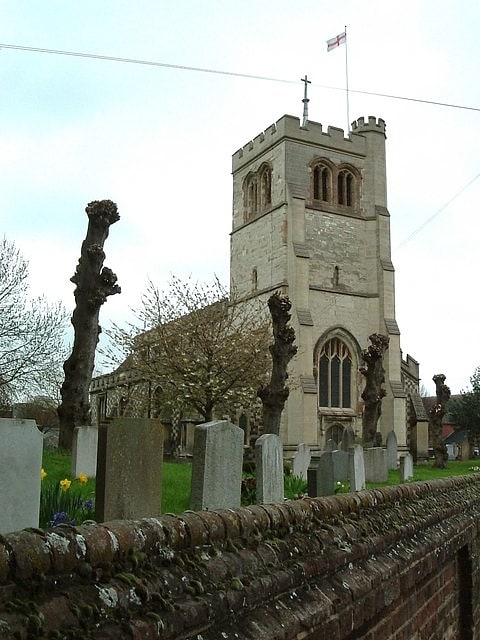
Anglican church in Houghton Regis, England. The Church of All Saints formerly The Church of St. Michael is a Church of England parish church in Houghton Regis in the English county of Bedfordshire. It is a Grade I listed building.[5]
Address: Bedford Rd, LU5 5UB Dunstable
Houghton Hall Park
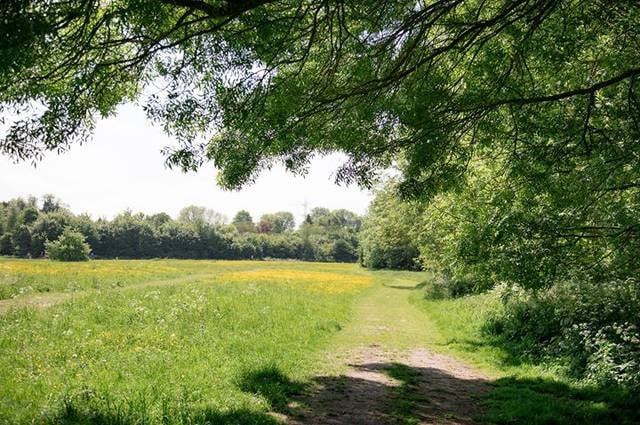
Park, Relax in park
Address: Park Rd N, LU5 5FU Dunstable
Dunstable Leisure Centre
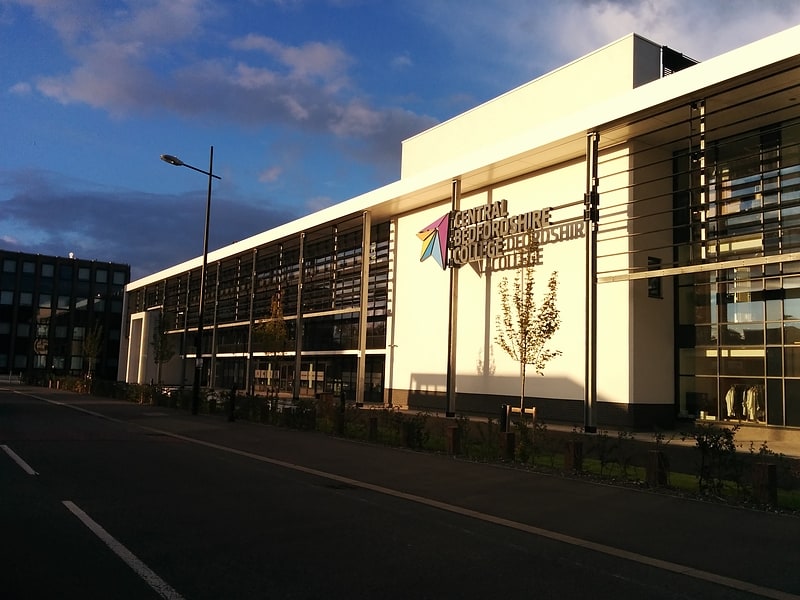
College in Dunstable, England. Central Bedfordshire College is a British further education college located in Bedfordshire, England. The college was established in 1961 in Dunstable. On 14 January 2010, the college was renamed Central Bedfordshire College. Ali Hadawi CBE, principal and chief executive explained that the change of name was to reflect the College's commitment to Central Bedfordshire as a whole and be recognised as the premier post sixteen institution in the area.
Today, the college has four campuses across Central Bedfordshire, in Dunstable, Houghton Regis, Luton and Leighton Buzzard. The college offers a range of courses, full-time and part-time, vocational and academic, from further education to higher education.
The college was a co-sponsor of UTC Central Bedfordshire, a university technical college which operated at the Houghton Regis campus of Central Bedfordshire College from 2012 until 2016.
Courses include:[6]
Address: Court Drive, Dunstable, LU5 4JD, Dunstable
Sewell Cutting
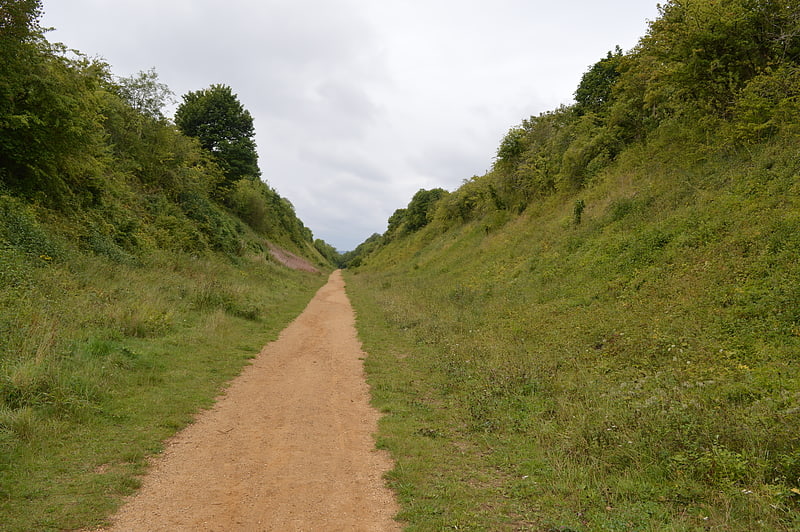
Nature preserve in Houghton Regis, England. Sewell Cutting is a 3.6 hectare nature reserve at Sewell in Houghton Regis in Bedfordshire. It is owned by Central Bedfordshire Council and managed by the Wildlife Trust for Bedfordshire, Cambridgeshire and Northamptonshire.
The site was formerly part of the London North West Railway line, which closed in 1962. The banks provide a rich habitat for chalk grassland flowers, such as common spotted orchids and cowslips. The south-facing slope has deep rooted plants such as hawkweed and scabious, while the sheltered north-facing slope has lush grasses. There are many species of butterflies.
There is access from French's Avenue, and a footpath from the Cutting leads to Totternhoe Chalk Quarry Site of Special Scientific Interest.[7]
Cottage Bottom Fields
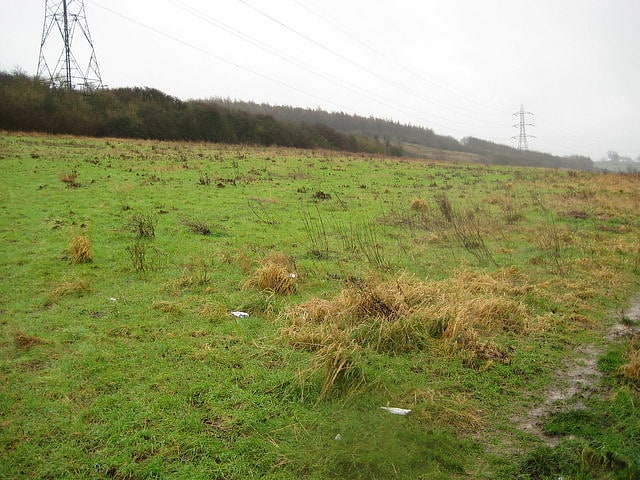
Nature preserve in Caddington, England. Cottage Bottom Fields is a 14.1 hectare local nature reserve in Dunstable in Bedfordshire. It is owned and managed by Central Bedfordshire Council.
The site is chalk grassland on a steep slope, and the wide variety of flowers include what may be the largest population of pignut in the country. Birds include wheatears, stonechat, whinchat and ring ouzels.
There is access from Dunstable Road.[8]
Dunstable and Whipsnade Downs
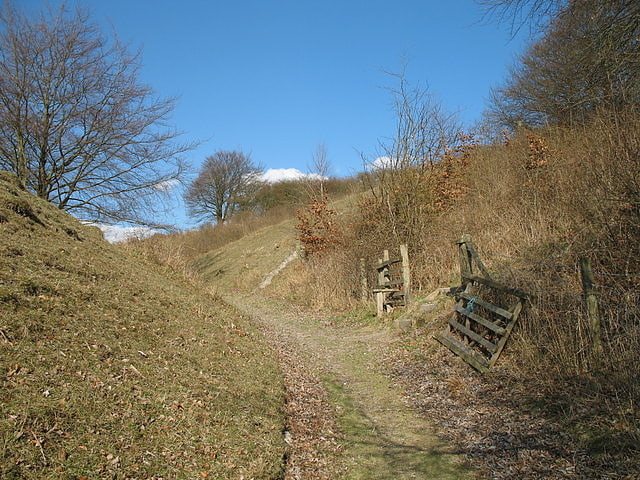
Dunstable and Whipsnade Downs is a 73.4 hectare Site of Special Scientific Interest in Dunstable in Bedfordshire. It was notified in 1987 under Section 28 of the Wildlife and Countryside Act 1981, and the local planning authority is Central Bedfordshire Council. It is in the Chilterns Area of Outstanding Natural Beauty, and part of it is owned by the National Trust.
Dunstable Downs is the highest point in the east of England, and it has five thousand year old burial mounds and a medieval rabbit warren. The site is a 3 kilometre long steep escarpment between Dunstable and Whipsnade. The slopes have a typical chalk downland flora, and there are also habitats of scrub and tall herbs. The site is also important for butterflies.
There is access from the Chilterns Gateway Centre on Whipsnade Road.[9]
Dunstable Sea Cadets
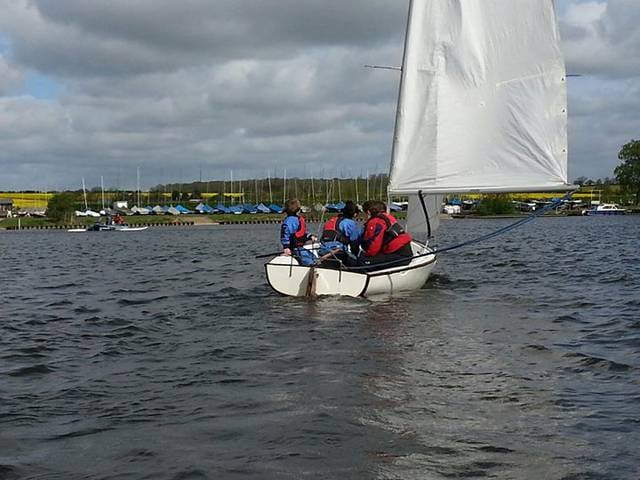
Windmill
Address: The Old Mill, West Street, Dunstable